|
A friend commented that she like the data based approach I was taking with my novel after seeing my blog article that showed the distribution of pacing of the novel. I pulled the graphic from a tool called ProWritingAid. It turns out that it has a treasure trove of reports that can analyze your writing. I just completed my rough draft manuscript, and started running some of these reports. One report I really like is the "sensory" report. It tracks how many different senses you are using in the descriptions of your novel. For example, chapter ten shows these stats: Sight 66% (27 words), Sound 12% (5 words), Touch 10% (4 words), Taste 7% (3 words). It's good to engage all of your readers senses when writing a novel. It brings them deeper into the story. This report provides a good way for me to check to see if I am using all of the senses in my chapters. Chapter 10 has 2001 words, and the entire manuscript weighs in at 71,272 words spread across 48 chapters. The numbers game goes on from there. For example, the graph below shows the percentage of dialog, tagged dialog, and so on in my novel compared to an average for general fiction, and compared to Michael Crichton. You can analyze how long your sentences are... 41% of the sentences in The Quantum Contingent are between 10 and 19 words, compared to 37% for general fiction.... see how much alliteration you use... I have 2 five word alliterations, 6 four word alliterations, and 106 three word alliterations... the options go on and on.
Of course, numbers aren't the key to an enthralling story. An enthralling story is a creative work. I am an avid technologist but so far technology cannot compete with humans in the creative written arts. There are some AI programs that generate simplistic articles on stocks, or generate some basic ad copy, but we don't have one yet that can generate an enjoyable novel that competes with human generated works. I did manage to incorporate one AI generated sentence into my novel. I provided the prompt “Immortality raises many ethical problems for humanity” to the transformer program at https://app.inferkit.com/demo . This program uses a modern neural network to complete the provided prompt using InferKit. I used part of the output from the program in Chapter 36. You'll have to see if you can find it when you read the book. Fortunately, we don't need to rely on computers to write our books. Many great authors have provided us with endless entertainment with their stories, and many authors find joy in the process of writing itself. We aren't ready to write by numbers just yet... we'll just have to do it the old fashioned way... with our imagination. Until next time! Greg
0 Comments
Today's blog is another look at one of the locations in the book, The Quantum Contingent. This famous location is quite distinctive, so I don't think there will be any trouble guessing the location. Chapter 10 of The Quantum Contingent is set at the University of Oxford in Oxford, England. I already highlighted one picture from Oxford in my second blog post. Today, I wanted to share a few more pictures of places that I describe in the book. Specifically, the Radcliffe Camera, the Bridge of Sighs, St. Helen's Passage and the Turf Tavern. Hopefully the words in my book will bring these pictures in the story to life for you. Enjoy the photos!
Greg Cryptocurrency is getting a lot of attention lately. Elon Musk was featured as a financial expert on a Saturday Night Live skit when hosting the show. The skit featured the news anchors asking over and over again, “So, what are cryptocurrencies?” and “What is dogecoin?”
So, I thought I’d give it a shot. As you’ve probably heard, cryptocurrency is a digital currency that is decentralized and secured through encryption. It is a virtual currency. There is no central bank or government that maintains the ledger of the currency because the underlying technology of cryptocurrency is blockchain. Blockchain is a distributed ledger. Simply put, the ledger of the transactions on a blockchain are stored across many different computers spread across the internet and are under no central authority like a bank. This is one of the things that makes blockchain ledgers so secure, the transaction is encrypted AND it isn’t in just one place. People often talk about how Bitcoin and other digital currencies have value simply because other people think they have value. This means they can be very volatile since people may think they are worth a lot one day, and not so much the next! However, there are real value cases to cryptocurrencies and their underlying technology, blockchain. For one, since there is no central institution involved, you can move monetary transactions across international borders with relative ease. For example, the value of bitcoin is the same all over the world, so there is no exchange rate as it crosses country borders and no delays required to use the currency across the world. If you are traveling with your BTC wallet, you can use BTC immediately, regardless of what country you are in, and if the merchant accepts bitcoin, with no exchange. In addition, transferring money is instantaneous. Try to send money to a friend in another country. It can be costly and time consuming to do it from one bank to another. One of the best person to person tools, Venmo, only works from one US user to another US user. To do international currency exchanges, you’ll need to look to Venmo’s older brother, PayPal. Paypal can send money to an international user quickly and easily, but there is a 5% fee on the transaction (capped at $4.99). In addition, if the recipient needs to convert it to another currency, there is another 3-3.75% conversion fee. Compare this to using Coinbase. You can send money across borders using USDC instantly with no charge and then the recipient can convert it to local currency if needed. (there may be an exchange fee for this) So, even though PayPal does a pretty good job with money movement, banks still have difficulty doing money transfers quickly and inexpensively. Crypto takes the financial institutions out of the middle of the money movement and enables some new players to provide new services in this space. In our ever-changing global world, crytocurrencies are not just a meme game. However, today, cryptocurrencies are too volatile to be a good “currency.” Instead, they are primarily used as a speculative investment. Many people buy cryptocurrency hoping it will “go to the moon” and increase significantly in value. This is not what you want in a general purpose currency. You don’t want to pay 10XYZCoin for a pizza one day when it has a value of $15 USD and then find out the next day that 10XYZCoin are worth $450… that would be one expensive pizza. This really happened. On May 22nd, 2010, a person paid a user 10,000 BTC for two large pizza’s. At the time, the bitcoin was for $30-$40 USD. Today, 10,000 bitcoin is worth over 500,000,000 MILLION Dollars… Ouch. That is one expensive pizza. Anyway, this is a blog about The Quantum Contingent. If you want to learn more about bitcoin, blockchain or cryptocurrency, there are numerous YouTube videos to help explain it more. Let me just say you’ll be sure to hear a lot about cryptocurrencies in The Quantum Contingent. Come back next week for another Quantum Contingent location photo blog. Greg This is a beautiful place that I stayed at on vacation recently. It is the location of one of the chapters of The Quantum Contingent. We enjoyed touring the grounds and the walled garden of this castle, as well as the cocktail bar which used to be the O’Brien family library. Any guesses as to where this is?
|
The BlogGreg's blog will cover some of the things he learned as well as some of the tech and locations he used in his new novel, The Quantum Contingent. Archives
November 2023
Categories |
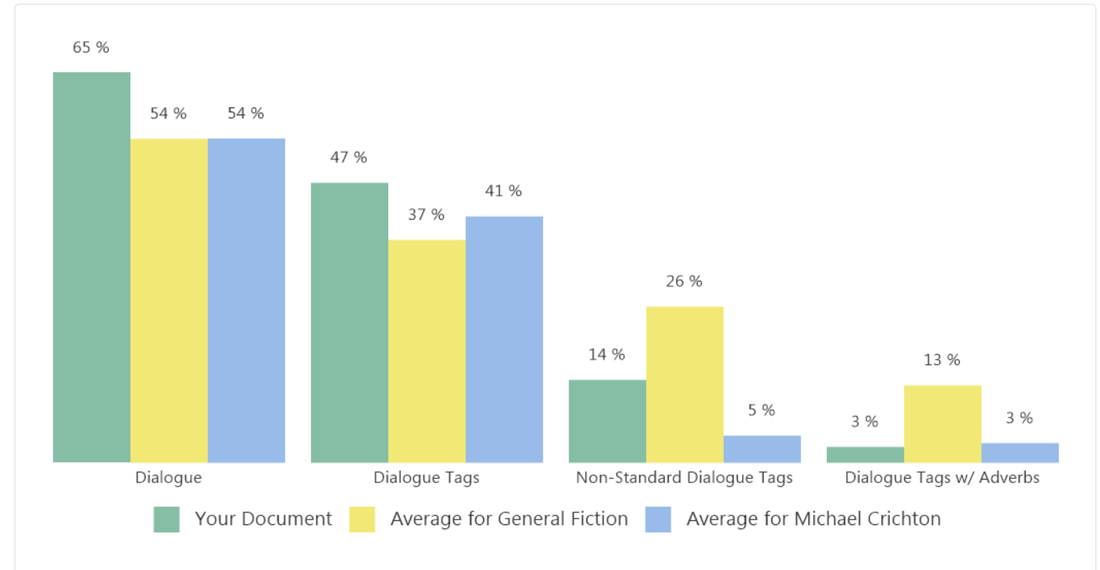
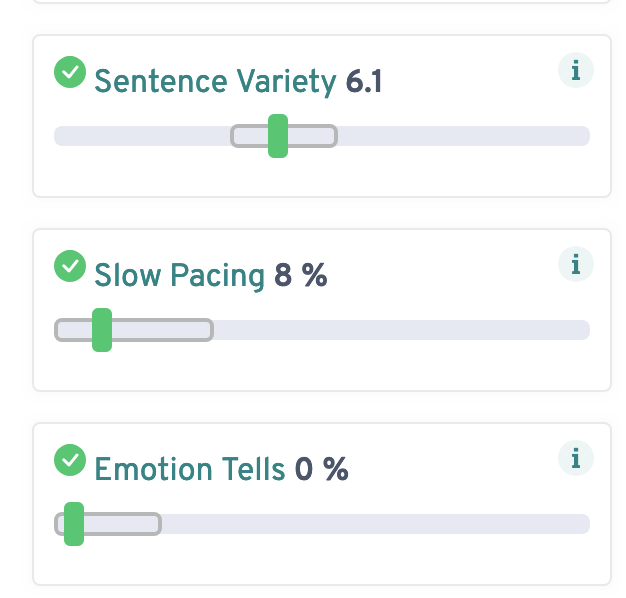
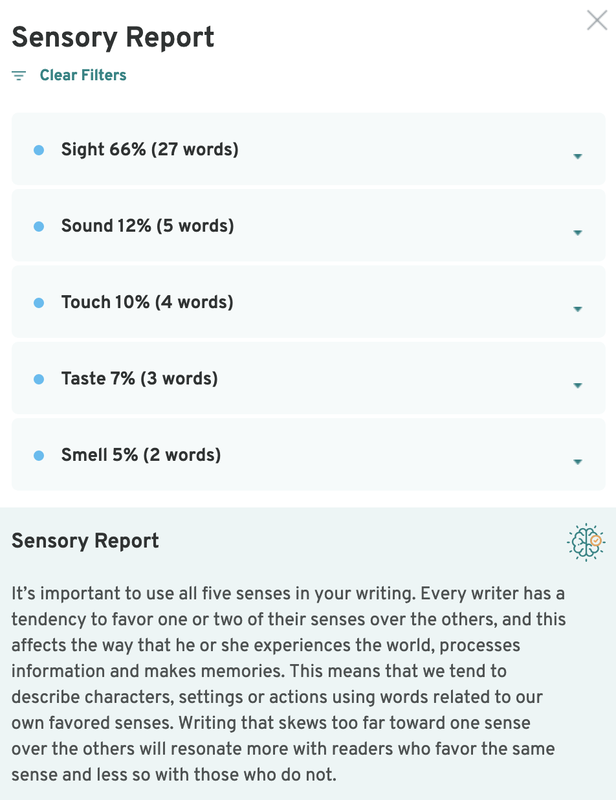
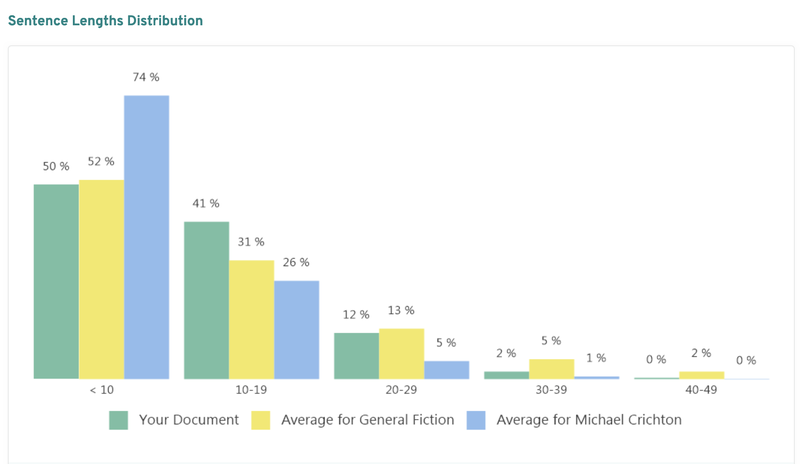


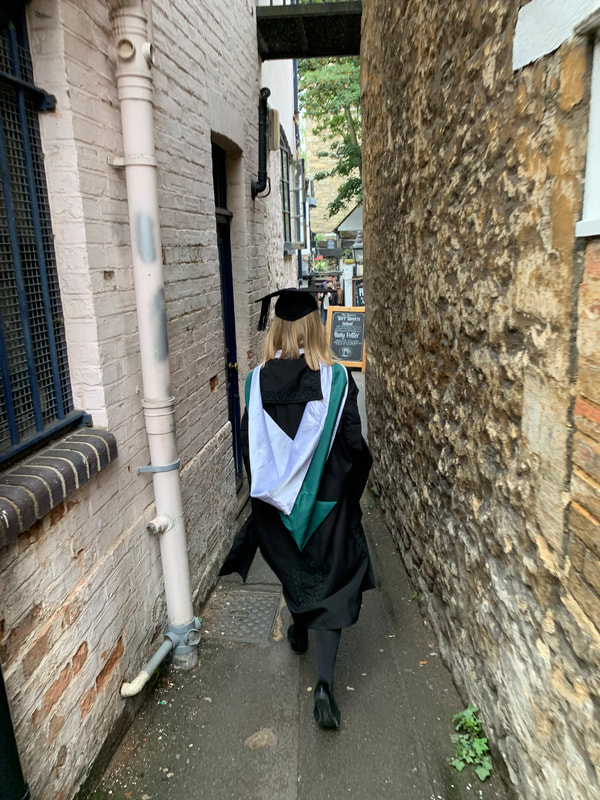


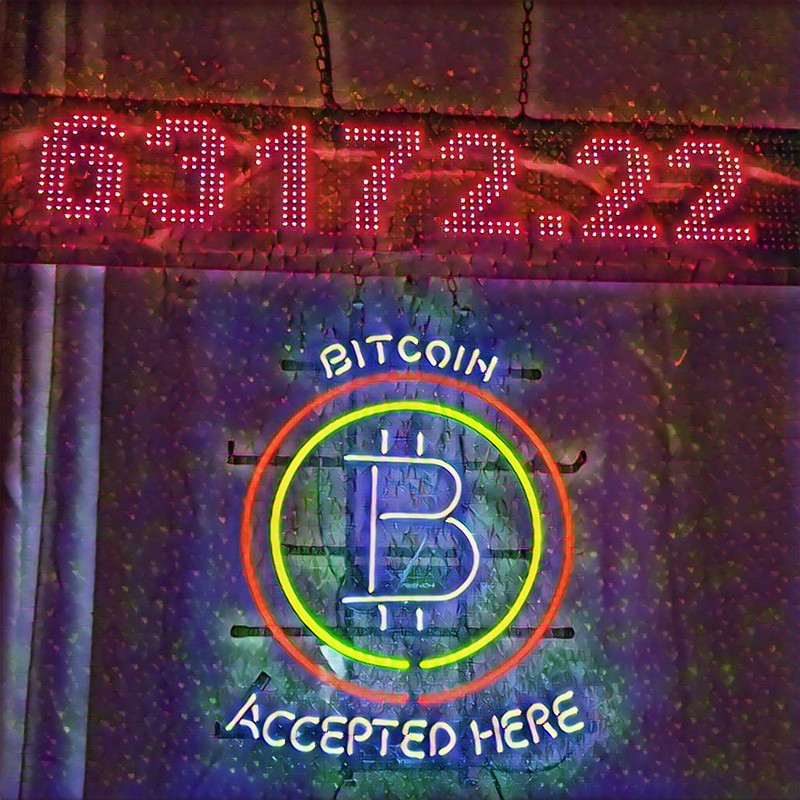




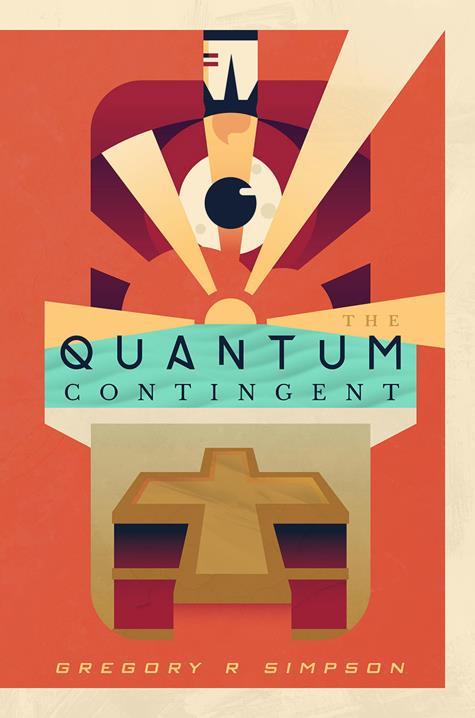
 RSS Feed
RSS Feed